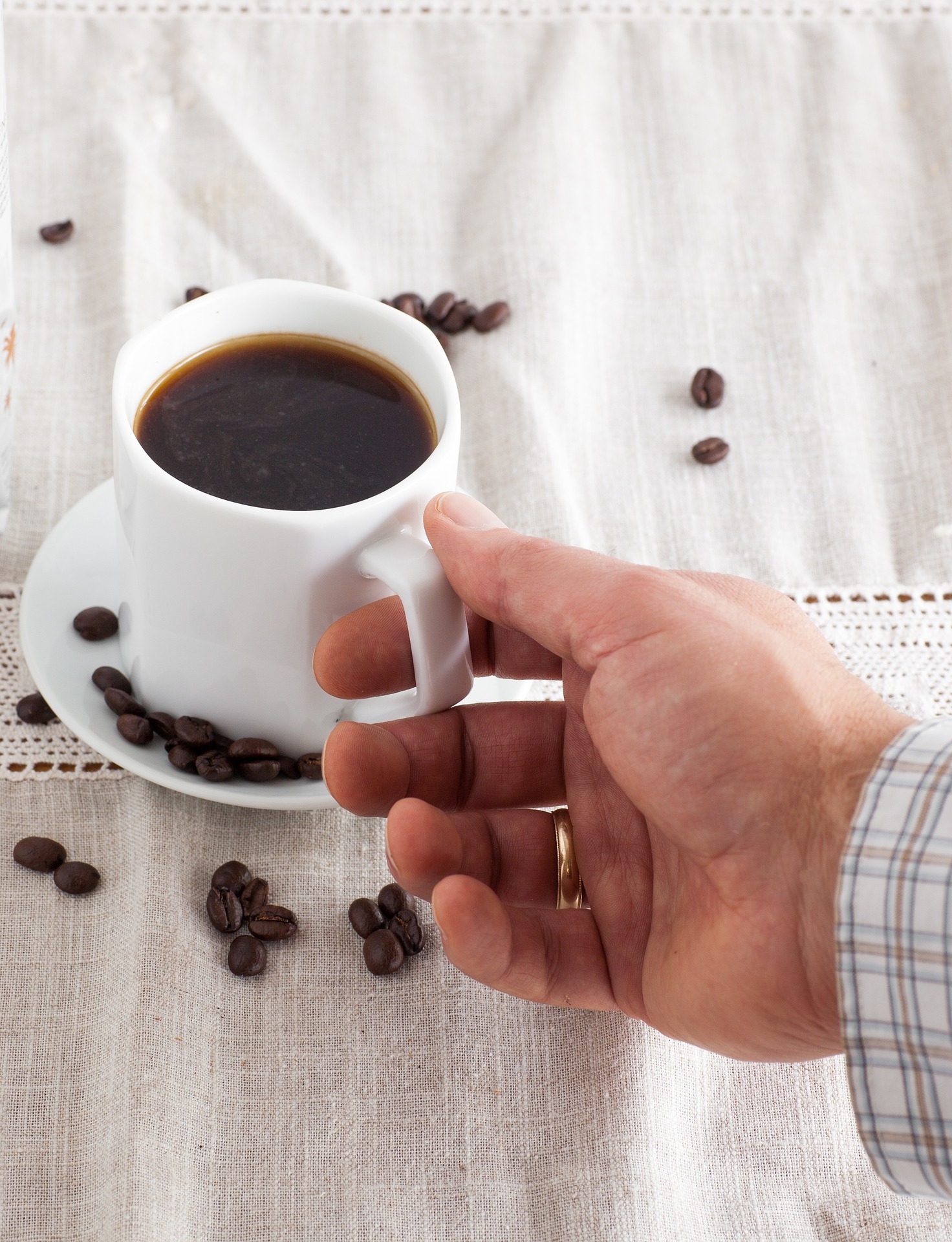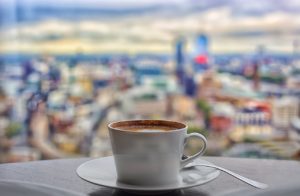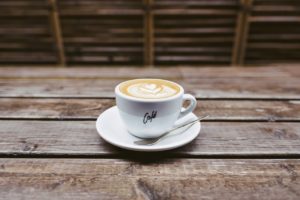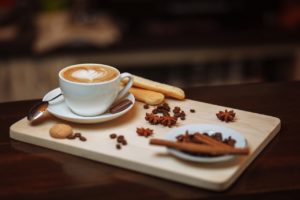The word “percolator” has come to mean that special coffee pot that used to sit on Grandma’s stove and bubble away like mad all morning long. Typically they consist of a heat proof pot that holds the water, a long tube (like a straw) that holds a filter basket at the top. This filter is normally made of metal and holds the coffee grounds apart from the water in the main pot. Usually fairly oarsely ground coffee is used and a perforated lid is placed over the filter in order to distribute the water evenly over the grounds.
As the water in the pot reached the boil, it is forced up the tube and repeatedly spilled over the grounds in the filter basket. In this way both water and the freshly brewed coffee drips back down into the hot water and over the grounds. Gradually the coffee becomes stronger as the water/coffee continues to drip over the grounds. This process continues as long as the pot is kept at the boiling point.
Evn though we may hold special memories of percolaters, they are not a particularly good way to make a great cup of coffee. In fact many people rank percolator coffee right beside coffee boiled directly in the water! When it is made in a percolater a number of things happen that produce a less than perfect cup of coffee.
For starters, the water is overheated. Boiling water simply extracts too many of the unwanted bitter flavours in the coffee and should be avioded if possible (which isn’t possible with a percolator). Also the coffee grounds become overextracted by repeatedly passing already brewed coffee back over the grounds. Finally the boiling/percolating action of the liquid tends to release many of the desirable flavours and compounds into the air. While this does produce a wonderful aroma of fresh coffee in the house, it can often lead to flat tasting coffee.
In the end, it is often best to avoid percolators if you can. There are other affordable ways of brewing great coffee, even if it may mean turning your back on wonderful aromatic memories.




